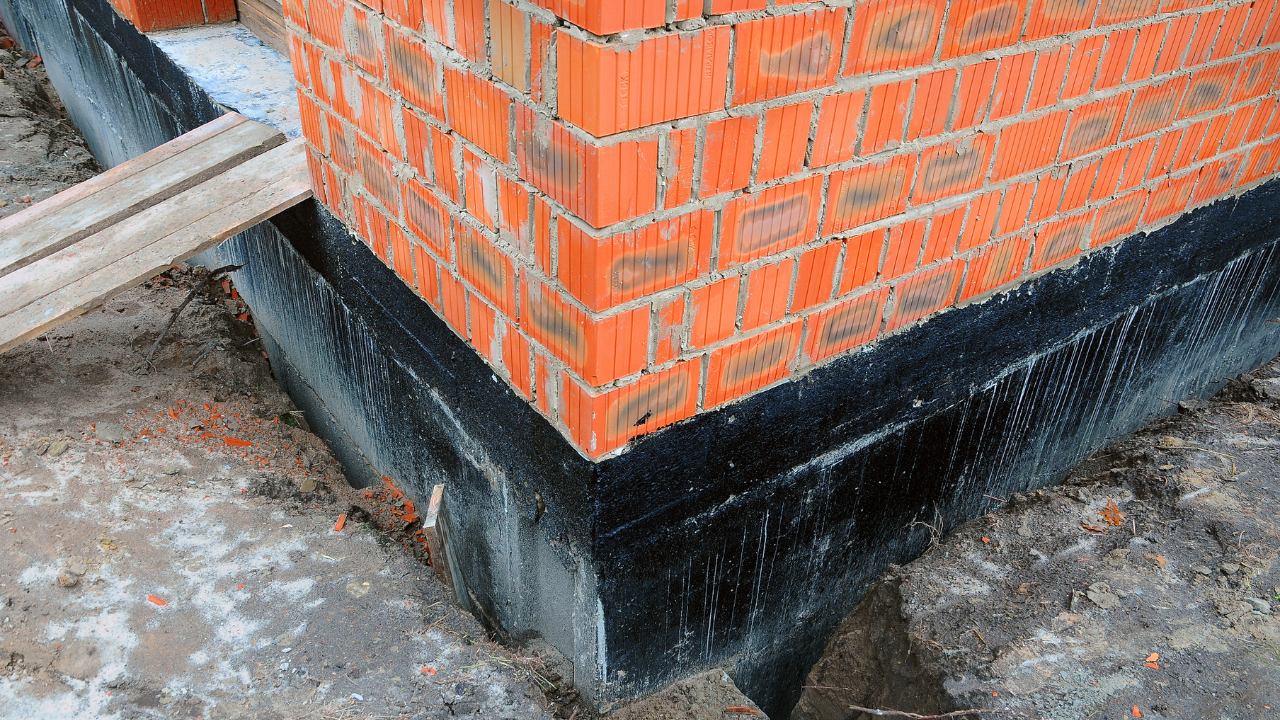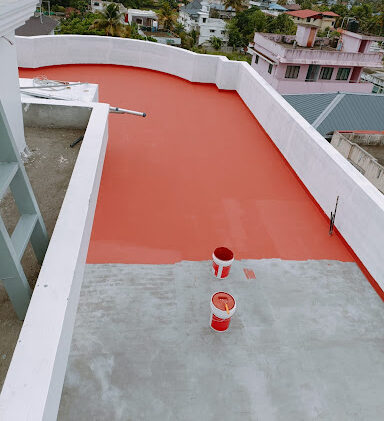Our Services
One-Stop Solution for Waterproofing Problems
Basement Waterproofing

Why Waterproofing is Required in Basements
Basements are particularly susceptible to water damage due to several factors:
-
- Groundwater Pressure: High groundwater levels can exert pressure on the basement walls and floor, leading to seepage and flooding.
- Soil Conditions: Expansive soils can swell when they absorb moisture, putting stress on the basement walls and causing cracks.
- Poor Drainage: Inadequate drainage around the foundation can allow water to accumulate, increasing the risk of water infiltration.
- Cracks and Joints: Cracks in the foundation walls and joints between concrete slabs can provide pathways for water to enter.
Consequences of Inadequate Waterproofing:
-
- Structural Damage: Water damage can weaken the foundation and walls, leading to structural instability and safety hazards.
- Mold and Mildew Growth: Damp conditions promote the growth of mold and mildew, which can pose health risks to occupants.
- Property Damage: Water damage can cause significant damage to belongings stored in the basement, such as furniture, appliances, and personal items.
- Increased Maintenance Costs: Frequent water damage can lead to costly repairs and maintenance, including mold remediation, structural repairs, and equipment replacement.
Which Waterproofing Methods are Good
The most effective waterproofing method will depend on the specific conditions and the severity of the water problem. Here are some commonly used methods:
1. Exterior Waterproofing
-
- Membrane Systems: Applying a waterproof membrane to the exterior of the basement walls.
- Drainage Systems: Installing drainage systems around the foundation to divert water away from the basement.
2. Interior Waterproofing
-
- Interior Drainage Systems: Installing a drainage system within the basement to collect and remove water.
- Sealants and Coatings: Applying sealants and coatings to the interior surfaces of the basement walls and floor.
- Crack Injection: Injecting a waterproofing material into cracks and joints to seal them.
Methodology of Basement Waterproofing
The specific methodology will vary depending on the chosen waterproofing method. However, general steps typically include:
-
- Assessment: A thorough assessment of the basement and surrounding area to identify the source and extent of water intrusion.
- Preparation: Preparing the surface to be waterproofed, which may involve cleaning, drying, and repairing cracks.
- Application: Applying the chosen waterproofing materials according to manufacturer instructions.
- Testing: Testing the effectiveness of the waterproofing system to ensure it is functioning properly.
- Maintenance: Regular maintenance to ensure the long-term effectiveness of the waterproofing system.
Uses of Basement Waterproofing
-
- Residential Basements: Protecting homes from water damage and creating usable living space in the basement.
- Commercial Buildings: Protecting commercial buildings from water damage and ensuring the safety and functionality of the basement.
- Industrial Facilities: Protecting industrial facilities from water damage and ensuring the integrity of equipment and machinery.
BUILDCARE waterproofing specialists are experienced professionals who can assist you with the following:
-
- Accurate Assessment: Conduct a thorough inspection to identify potential issues.
- Quality Materials: Use high-quality waterproofing materials.
- Expert Installation: Ensure proper application of the chosen technique.
- Warranty: Provide a five-year warranty for our work, giving our clients peace of mind.
By implementing effective waterproofing measures, you can protect your basement from water damage, maintain its structural integrity, and create a safe and healthy living or working environment.
